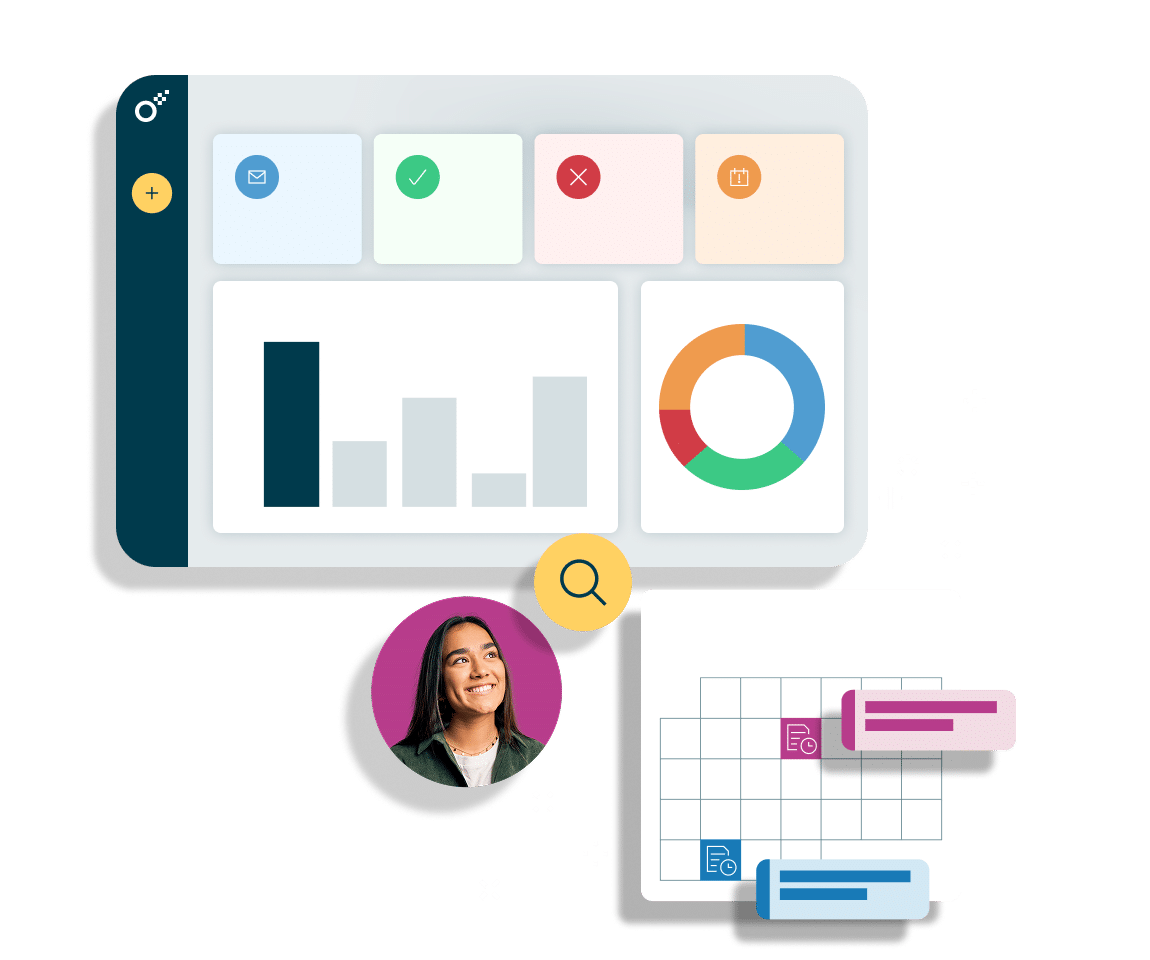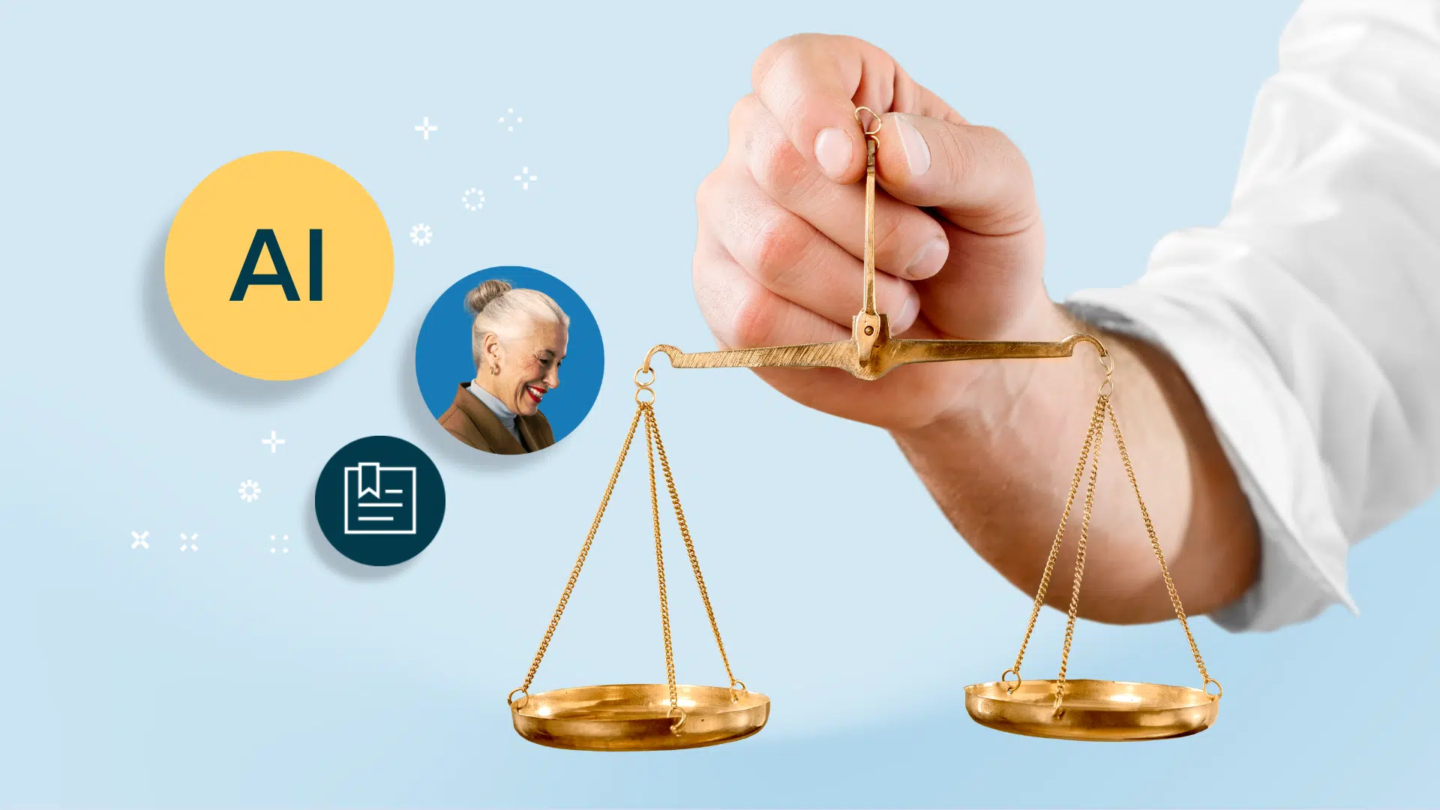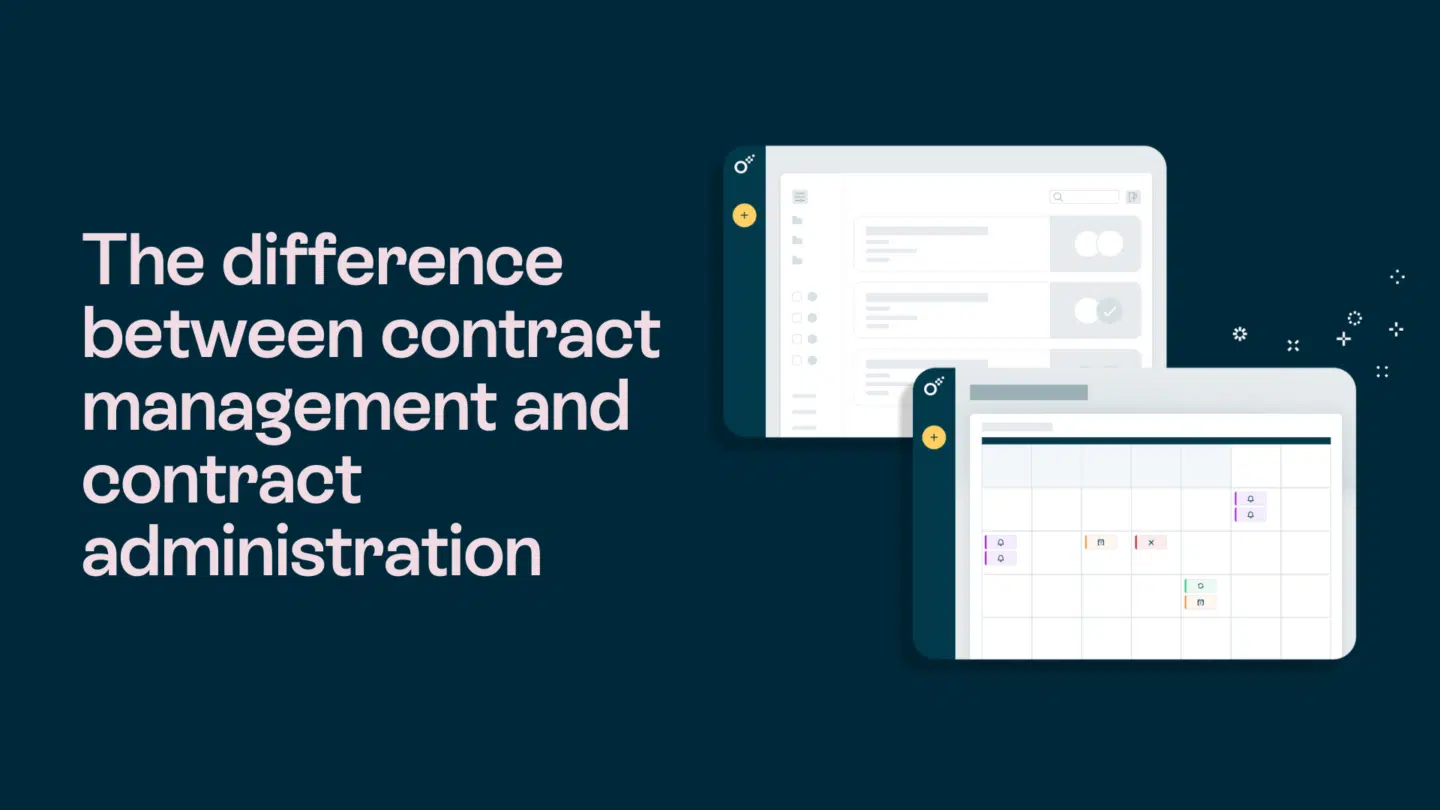Why does the contract management dashboard matter? It serves not only to present data but also to ensure that organizations have clear insights into all stages of the contract lifecycle. Such tools give a clear snapshot of your contracts’ performance and KPI progress with visual graphs.
In this article, I’ll guide you through the essential steps to create a contract management dashboard that delivers real value. From identifying the right metrics to choosing the best tools, you’ll learn how to design a solution that simplifies contract management and supports your team.
The importance of a contracts dashboard
Managing contracts manually can be time-consuming and prone to errors. A contracts dashboard is a powerful tool that transforms the way organizations manage their contracts, going beyond traditional contract management. It uses technology to streamline processes, enhance visibility and improve control over contractual agreements. A contracts dashboard is a centralized platform that allows you to monitor, analyze and take action on your digital contracts in real time. With a comprehensive view of your contracts portfolio, you can make informed decisions and mitigate risks effectively.

Automating contract management
A contract dashboard eliminates manual paperwork and simplifies the contract lifecycle, from creation to execution and facilitates efficient contract negotiation. It provides a collaborative platform where stakeholders can review, comment on and suggest changes to contract terms and conditions. This improved collaboration process without printing and sending documents reduces the risk of miscommunication or misunderstandings. By automating repetitive tasks such as document generation, version control and approval workflows, the dashboard lets your team focus on strategic activities and improves productivity.
Imagine your organization has hundreds or even thousands of contracts spread across different departments and locations. A contracts dashboard gives you access to all your contracts in one centralized location. This eliminates the hassle of searching through numerous folders or email attachments, saving you valuable time and effort.
Enhancing visibility and control
A centralized contracts dashboard makes an audit trail much smoother and more transparent, letting you track changes, monitor contract performance and ensure compliance with contractual obligations.
Imagine being able to monitor contract performance metrics such as contract value, expiration dates and key milestones. A contracts dashboard gives real-time analytics and reporting capabilities, identifying potential risks, opportunities and trends.
It also enhances control over your contracts with automated alerts and notifications. Set up reminders for important deadlines or contract renewals, which is especially important for teams responsible for managing a significant contract load like sales teams, procurement professionals, legal teams and IT professionals. This proactive approach ensures that you never miss an important milestone or opportunity, reducing the risk of non-compliance or missed business opportunities.
Read also: 9 Tips to implement a data-driven sales strategy

Key features of an effective contracts dashboard
Let’s take a look at some of the key features that help with efficient contract management.
Real-time contract monitoring
An ideal contracts dashboard should provide real-time monitoring of your contracts, letting you track key milestones, deadlines and obligations. With automated alerts and notifications, you can ensure timely action and avoid any potential risks or missed opportunities.
Comprehensive contract repository
A contracts dashboard should be a central repository for all your contract documents. It should give easy access to contracts, supporting documents and related communication, eliminating the need for manual file storage. Additionally, it should have document management capabilities, such as version control, document tagging and secure cloud storage.
Advanced search and filter capabilities
Think of all the times you needed to quickly find that one specific piece of contract information. A contracts dashboard should make your life easier with advanced search and filter capabilities, enabling you to locate contracts based on specific criteria like contract status, vendor name or contract value.
Read also: How Oneflow’s integrations make your life easier

What you get in the Oneflow dashboard
The good news? Oneflow, our contact management software has all the features mentioned above. It’s an ideal tool for managing your contracts in an intuitively designed contracts dashboard, with unique setups for different workspaces. Here’s what it includes:
- Document status tracking
- Time to sign contracts information
- Sign rate chart
- Real-time deal monitoring
- Counterparty tracking
- Documents list with custom folders and filters for Pending, Overdue, Signed etc.
- Search functionality considering tags, signing order, lifecycle stage or dates
Read also: How to communicate digital transformation inside your organization

See also: The ultimate guide to proposal management
Measuring the success of your contracts dashboard
Consider the following key performance indicators (KPIs) to evaluate your contract dashboard’s effectiveness and impact on your organization.
Key performance indicators for contract management
Onflow provides tools and features that can help measure key contract management metrics, such as:
- Contract cycle time: Track the contract creation process from preparation to signing, which can help monitor (and improve) the time elapsed between these stages. Contract managers can also use contract calendars and counterparty tracking features to monitor specific contract events and lifecycle.
- Contract compliance: Our platform provides features that maintain compliance by ensuring that contracts are properly managed and updated. This includes locking sections in templates restricting editing access, automated reminders for contract duration periods and organized contact archives.
- Contract value: Track the total value of contracts managed through the dashboard to determine the financial impact.
Evaluating dashboard effectiveness
Regularly evaluate how well your contracts dashboard is performing in terms of meeting your contract management goals. Analyze user feedback, track the time and resources saved, and assess the overall improvement in contract management processes. Use this data to keep improving your organizational processes.
How else can Oneflow help you?

Oneflow is much more than a visual interface for organizing your contact data. It’s a thorough contract management system that takes care of your entire contract lifecycle. Here’s what it can do:
- AI contract review – Review contracts to ensure compliance, identify issues and catch human errors.
- E-signatures – Sign contracts with legally binding signatures. Choose from multiple verification methods, including standard electronic signatures, digital signatures, SMS authentication, electronic identification or even handwritten signatures.
- Workspaces and collaboration – Organize contract workflow using branded workspaces aligned with your company’s workflows. Enable collaboration with features like audit trails, shared comments and video screen recordings. Hide sections of contracts based on predefined triggers and rules for increased flexibility and security.
- Dynamic templates – Simplify contract creation with a variety of customizable templates for contracts and invitation messages. Your legal team can also make templates from scratch, saving you time on future contract creation.
- Contract tracking – Monitor the signing process from start to finish (and beyond). Track when a document is opened, including the exact date and time, and see how many times someone has viewed the agreement. If a document is repeatedly opened but not signed, this data can help identify potential issues.
- Customizable permissions – Ensure proper access control by delegating specific tasks and access levels to users. This includes creating custom roles for account and workspace levels, ensuring that users only have access to the features and data they need.
- Integrations – Oneflow integrates with a range of tools, enabling seamless contract management within platforms like Membrain, Salesforce, HubSpot and more. Choose the CRM or business tool that best fits your operations.
Sounds good? Sign up now to see what it can do for your contract automation needs.

Conclusion
Creating an effective contacts dashboard provides your organization with real-time data, and a behind-the-scenes view of the customer journey and ensures all stakeholders are on the same page. By focusing on the right metrics, using intuitive visualizations and ensuring user-friendly functionality, you can transform how your team manages contracts and monitors performance.
Oneflow is a contract management software that offers real-time monitoring of your contracts, automated alerts and notifications to track contract progress and provides advanced search and filter capabilities, helping you find critical contract data in a breeze.
Try Oneflow today, start building your contract management dashboard and take control of your contract lifecycle to realize more value from your agreements.
FAQs
What are the six stages of contract management?
The six stages of contract management include:
- Contract initiation or request – Identifying the need for a contract and outlining the goals and expectations of the parties involved.
- Contract creation and drafting – Drafting the contract based on templates or by internal or external stakeholders.
- Contract negotiation – Reviewing, negotiating and collaborating on the contract terms to ensure alignment with all parties’ interests.
- Contract approval –Checking the contract for legal compliance and approving it by relevant stakeholders.
- Contract execution and administration – Signing by authorized signatories and implementing the contract.
- Contact monitoring, renewal or termination – Ongoing monitoring that ensures compliance and performance. This stage also includes deciding whether to renew, modify or terminate the contract as it nears expiration.
What is the best software for contract management?
Oneflow is a strong software for contract management with end-to-end control over the contract management process, from creation to signing and beyond. It offers features like tracking the signing process, monitoring contract lifecycle events and setting reminders for important dates.
What are the four blocks of good contract management?
The four blocks of good contract management, as outlined in various frameworks, are:
- Structure and resources – Establishing the necessary organizational structure, resources and processes for effective contract management. Planning, governance and ensuring that the right people and systems are in place to manage contracts.
- Delivery – Organizing the operational aspects of contract management, such as managing relationships, ensuring service delivery and handling performance issues. Maintaining strong internal and external relationships and ensuring that services are delivered according to contractual terms.
- Development – Managing changes to contracts, including updates, variations and terminations. Ensuring that contracts remain relevant and effective over time by adapting to evolving business needs.
- Strategy – Implementing the strategic aspects of contract management, including supplier relationship management, market management and aligning contracts with broader organizational goals. Planning for long-term benefits and managing market dynamics.
What are KPIs in contract management?
Key Performance Indicators (KPIs) in the contract process include (but are not limited to):
- Contract lifecycle time – measures the time it takes for a contract to move through its lifecycle stages
- Annualized contract value – assesses the total value of contracts over a year
- Contract renewal rates – monitors the percentage of contacts renewed
- Turn frequency – measures the number of revisions a contract undergoes before finalization










